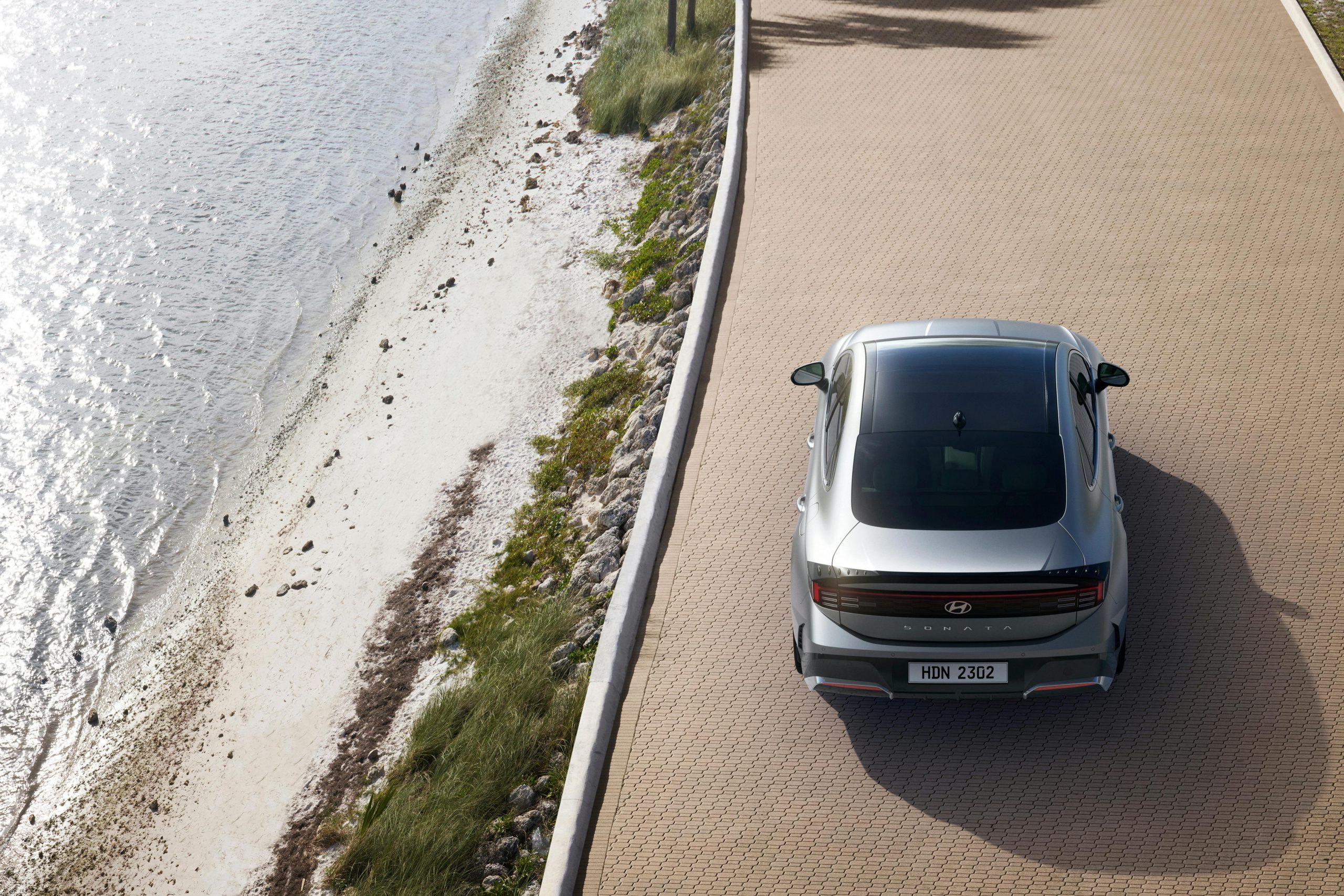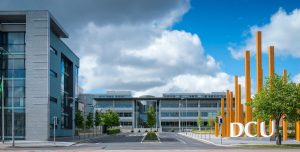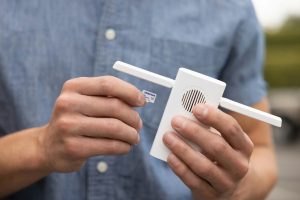Tesla’s Full Self-Driving Tech: The Future of Highway Travel
In the world of transportation, Tesla has become a household name synonymous with cutting-edge technology and innovation. From their electric vehicles to renewable energy solutions, the company has revolutionized the automotive industry. One of their most highly anticipated and contentious advancements is their Full Self-Driving (FSD) technology. As Tesla continues to push the boundaries of what is possible, many are curious about the future of highway travel with their FSD technology. In this article, we will delve into the details of Tesla’s FSD technology and explore its potential impact on the future of highway travel. 
What is Tesla’s Full Self-Driving Technology?
Before we can fully understand the potential of Tesla’s FSD technology, it’s important to define what it actually is. Simply put, FSD technology aims to create self-driving cars that can function without human input, taking passengers to their desired destinations safely and efficiently. The technology utilizes a combination of sensors, cameras, and advanced artificial intelligence (AI) to constantly gather and process data from the surrounding environment. This data is then used to navigate the car, make decisions, and avoid potential hazards.
How Does FSD Technology Work?
Tesla’s FSD technology utilizes a complex system of hardware and software to achieve its self-driving capabilities. The hardware includes eight surround cameras that provide a 360-degree view around the car, as well as twelve ultrasonic sensors that can detect both hard and soft objects. In addition, the car is equipped with a powerful on-board computer that processes all the data collected by the cameras and sensors in real-time. The software component includes advanced neural networks that analyze and interpret the data to make the car’s decisions on the road.
One of the key features of Tesla’s FSD technology is its Autopilot system. This allows the car to control its speed, change lanes, and navigate through traffic, while still requiring a driver to be ready to take over at any time. Tesla has also introduced their Full Self-Driving Capability package, which adds more features such as automatic navigation to a destination, parking, and summoning the car. However, it’s important to note that these features are still in the beta testing phase and require constant driver supervision.
The Benefits of FSD Technology for Highway Travel
While there are still many challenges to overcome before FSD technology can be fully implemented, there are numerous potential benefits for highway travel. One major advantage is improved safety. By relying on advanced sensors and cameras, FSD technology can detect potential hazards and react faster than human drivers, potentially reducing the number of accidents caused by human error. In addition, self-driving cars can also communicate with each other, creating a safer and more efficient driving environment.
FSD technology also has the potential to significantly reduce travel times. With the ability to accurately predict traffic patterns and utilize alternate routes, self-driving cars could reduce commute times and ease congestion on highways. This would not only save time for drivers, but also help reduce carbon emissions from idling cars.
Challenges and Controversies Surrounding FSD Technology
Despite its many benefits, FSD technology is not without its challenges and controversies. One of the main challenges is the complex regulatory landscape surrounding self-driving cars. Laws and regulations will need to be updated and standardized to ensure the safety of FSD technology on the roads. In addition, there are concerns about the ethical implications of relying on AI to make life-or-death decisions on the road.
Another major controversy surrounding FSD technology is its safety record. While there have been several high-profile accidents involving Tesla’s Autopilot, the National Highway Traffic Safety Administration (NHTSA) has found that overall, self-driving cars are currently safer than conventional vehicles. However, it’s important to note that FSD technology is still in its early stages and requires extensive testing and improvement before it can be considered fully safe for mass adoption.
The Future of Highway Travel with FSD Technology
With the advancements and progress made by Tesla and other companies, it’s clear that FSD technology has the potential to greatly impact the future of highway travel. However, it’s important to approach this potential future with caution and continued scrutiny as the technology continues to develop and evolve. While there are still many challenges and controversies surrounding FSD technology, there is no doubt that it has the potential to fundamentally change the way we travel on highways, making it safer, more efficient, and more convenient for everyone.
Conclusion
Tesla’s Full Self-Driving technology has already made significant strides towards achieving their goal of fully autonomous cars. While there are still many challenges and controversies to address, the potential benefits for highway travel are undeniable. As we continue to move towards a more technologically advanced future, it will be fascinating to see how FSD technology plays a role in transforming the way we travel on highways.











